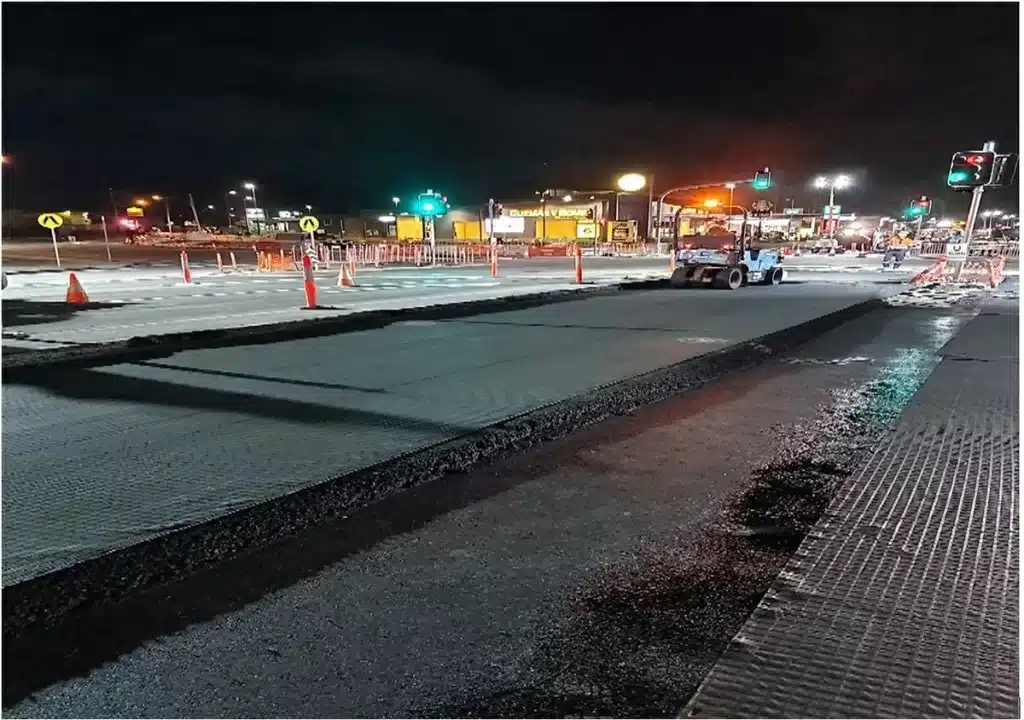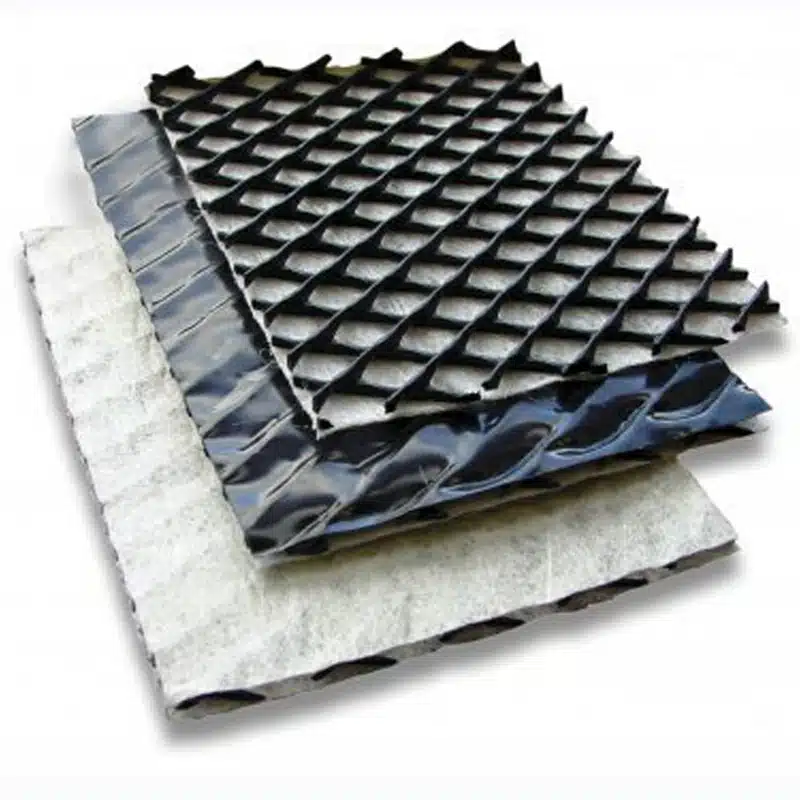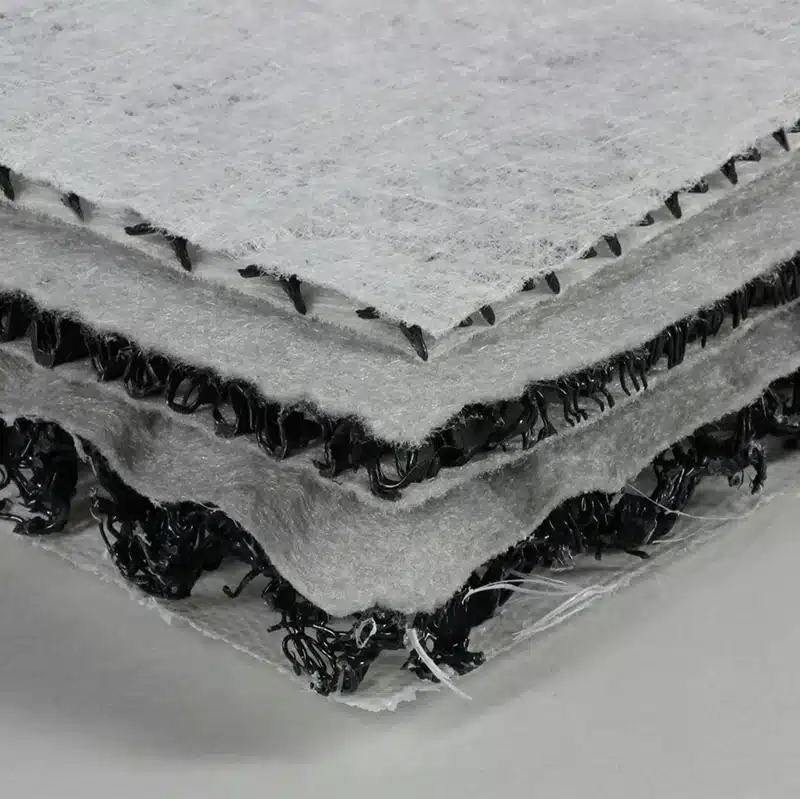The Use Of Geocomposite Materials
In-plane drainage using geosynthetics is usually designed in conjunction with geotextiles (usually used in conjunction with geotextiles) or geosynthetics, and geosynthetics are typically primarily designed for in-plane drainage. These mixed geosynthetics are made by combining different types of geosynthetics, playing a role in filtration and drainage.

What is a geocomposite drain?
A geocomposite wall drain is a prefabricated drain system that is used to provide. drainage behind Earth Retaining Structures (ERSs) or abutment backwalls. The geocomposite drain consists of a flexible plastic drainage core bonded to a non-woven geotextile.
What is the difference between geocomposite and geotextile?
A geocomposite consists of a combination of one or more geosynthetics, specifically a geogrid, a geotextile, a geomembrane, and/or a geonet, with another material. Geotextiles are used primarily for applications requiring separation, filtration, reinforcement, and drainage.
How thick is the geocomposite drain?
Between 4 and 10 mm depending on the grade of drainage net core, grade of geotextile, or geomembrane. The thickness of the Geocomposite will decrease with increased weight of soil fill.
What are the types of geocomposite drains?
Geocomposite drains include drainage panels or sheet drains, strip filter drains, drainage geonets, and wick drains. To control seepage, both the permeability of the composite and its in-plane flow velocity are equally important.



Comments
Post a Comment